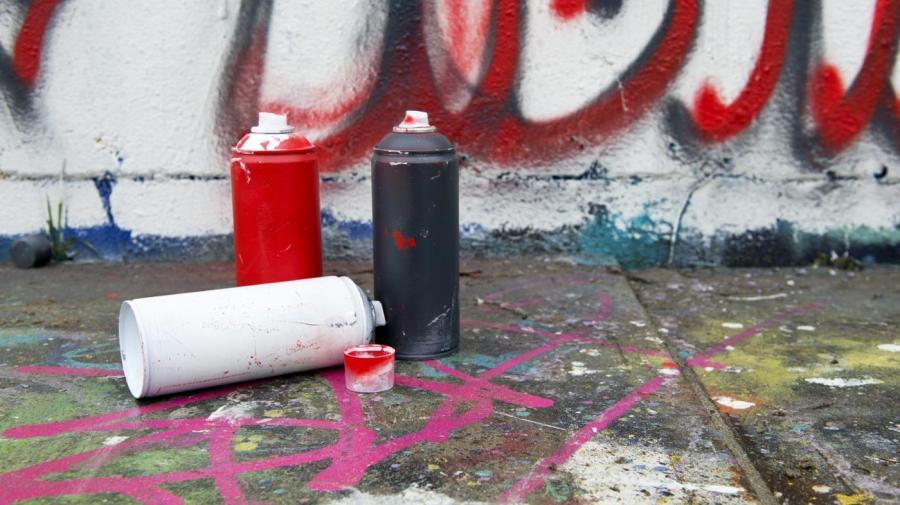What Are Side Effects of Inhaling Toxic Spray Paint Fumes?

According to the International Labour Organization Encyclopaedia of Occupational Health and Safety, inhaling toxic spray paint fumes can cause inflammation of the upper and lower airways and spasms of the bronchial tubes. Additional side effects may include burning eyes, coughing, irritation of the mucous membranes and sore throat. It is important for individuals who have inhaled spray paint fumes to seek immediate medical attention if the airway becomes constricted.
The Environmental Protection Agency explains that inhalation of paint fumes can also cause headaches, vertigo and queasiness. Individuals who intentionally inhale spray paint fumes to get high are at risk for irreversible brain damage and death. The EPA also explains that long-term exposure to paint fumes can lead to kidney and liver problems.
According to Australian Government Comcare, additional short-term effects of spray paint fume inhalation include chest tightness, nausea, vomiting, diarrhea and flu-type symptoms. Long-term effects of continual inhalation of spray paint fumes can include respiratory sensitivity, emphysema and cancer.
Sentry Air Systems explains that spray paints contain volatile organic compounds, also referred to as VOCs. Examples of VOCs include acetone, magnesium silicate, methyl ethyl ketone and xylene. Additional signs of exposure include loss of coordination, allergic skin irritations and eye irritations, individuals who are constantly exposed to inhaled spray paint fumes may also be at risk for central nervous system disorders.





